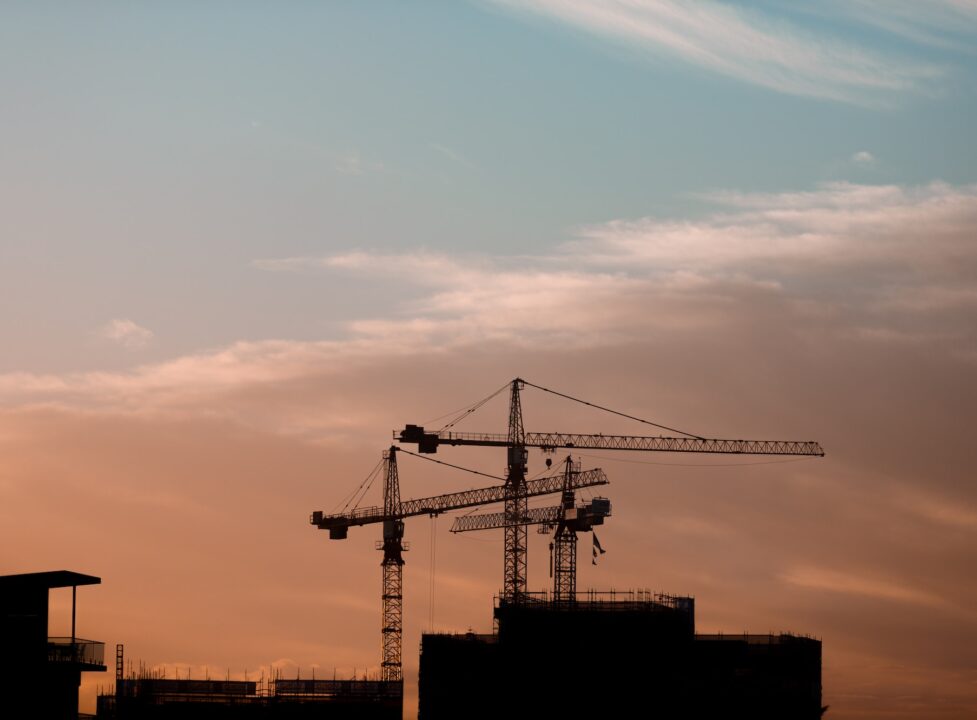The construction industry has always been a cornerstone of urban development and infrastructure growth. One of the most vital pieces of equipment in this sector is the crane. Cranes play a crucial role in constructing buildings, bridges, and other structures by lifting and moving heavy materials. You can find the crane you need from reliable crane companies UK. Always check for legal licenses, reviews, guarantees, and quotes.
The Importance of Cranes in Construction
Cranes are essential in construction due to their ability to lift heavy materials to significant heights. Before the advent of cranes, the construction of tall buildings and large structures was labour-intensive and time-consuming. Cranes have revolutionised this process by enabling the lifting of heavy objects like steel beams, concrete blocks, and large tools quickly and efficiently. This capability not only speeds up construction projects but also enhances worker safety by reducing the need for manual lifting.
Types of Cranes Used in Construction
Tower Cranes
Tower cranes are a common sight in urban construction sites. They are fixed to the ground during the construction period and can reach up to considerable heights. Tower cranes are primarily used in the construction of tall buildings and are known for their high load-carrying capacity.
Mobile Cranes
Mobile cranes are versatile and can be moved around a construction site or between different sites. They come in various types, such as truck-mounted cranes, rough-terrain cranes, and all-terrain cranes. Mobile cranes are used for a range of tasks, from lifting prefabricated sections to placing heavy equipment at height.
Crawler Cranes
Crawler cranes are mounted on tracks, providing stability and mobility on soft ground. They are particularly useful in large-scale construction projects such as bridge building and are known for their heavy lifting capacity and ability to move with loads.
Floating Cranes
Floating cranes are used for waterfront construction, such as building bridges, ports, and offshore platforms. They are mounted on pontoons or specialised vessels and are capable of lifting extremely heavy loads.
Safety Measures in Crane Operations
Safety is paramount in crane operations due to the risks involved in lifting heavy materials. Operators must be highly trained and certified. Regular maintenance and inspections of cranes are crucial to ensure they are in good working condition. Safety measures include:
- Pre-Operational Checks: Conducting thorough inspections of the crane’s mechanical, electrical, and hydraulic systems before use.
- Load Testing: Ensuring the crane can handle the intended load safely.
- Communication: Using clear signals and communication methods between crane operators and ground personnel.
- Environmental Considerations: Assessing weather conditions, especially when operating tower cranes, as high winds can pose significant risks.
Technological Advancements in Crane Design
The crane industry has seen significant technological advancements. Modern cranes are equipped with computerized systems that provide real-time data on load weight, wind speed, and other critical factors. GPS technology is used for precise positioning, and remote monitoring systems allow for better maintenance scheduling. The future of crane technology lies in automation and enhanced safety features, potentially leading to fully automated crane operations in the future.
Training and Certification for Crane Operators
Operating a crane requires specialised skills and knowledge. Crane operators must undergo rigorous training and obtain certification. This training covers various aspects, including operational techniques, safety protocols, and emergency response procedures. Continuous training is essential to keep up with technological advancements and changing safety regulations.
Conclusion
Cranes are indispensable in the construction industry, offering the ability to lift and move heavy materials efficiently and safely. With various types available, each suited to specific tasks, cranes have become a symbol of modern construction. As technology advances, cranes are becoming more efficient, safer, and environmentally friendly. The continued evolution of crane technology and the emphasis on operator training and safety will ensure that cranes remain a vital component in the construction industry for years to come.




